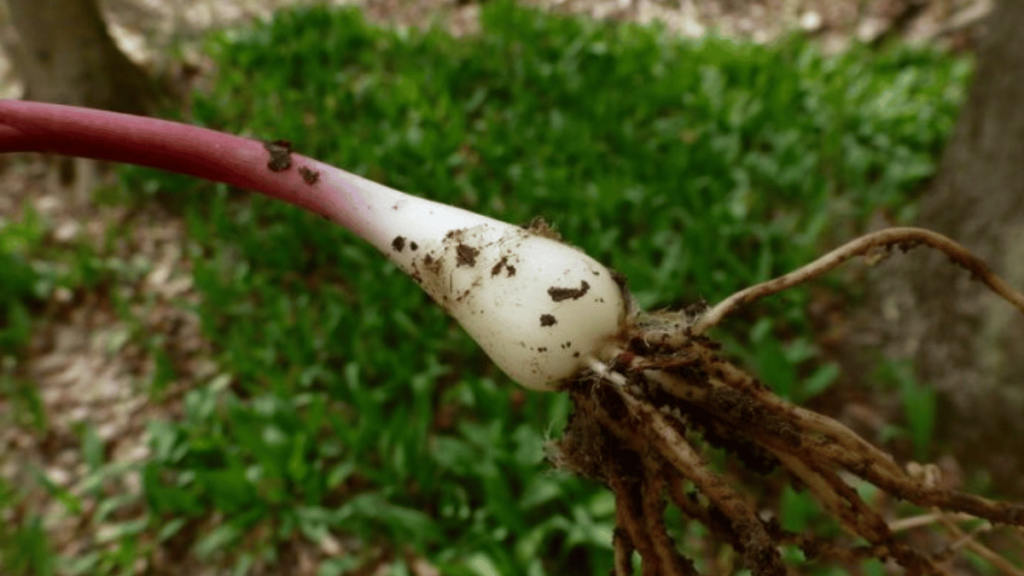With ramp season nearly here, many West Virginians are preparing to harvest the wild, onion-like crop.
“I like to describe it between an onion and garlic, and it’s super versatile in cooking,” Amy Lovell, Monongahela National Forest educational representative, said. “It’s not something you can get all year long, which I think people really gravitate to as well.”
Guidelines for ramp collecting include only harvesting ramps from patches with more than 100 plants and only collecting around 20 percent of each patch to allow the remaining plants to mature.
When digging bulbs, use a soil fork or hand trowel so as not to disturb the roots of neighboring plants, and make sure to cover any bare soil with leaves to keep invasive plants from growing nearby.
Lovell said the act of harvesting ramps has seen an uptick in popularity in recent years. Ramps can be eaten raw, pickled or fried, or used in dishes like meatloaf and potato soup, among other uses.
“We see children these days going out with their parents and their grandparents to harvest ramps, and it’s really an intergenerational activity that happens in Appalachia,” Lovell said. “And even now, ramps are gaining a lot of popularity, even in large cities. So, in the spring, you’ll start to see them pop up on menus and restaurants in urban areas.”
Places like Monongahela National Forest have restrictions on how many ramps individuals can harvest. The maximum amount is two gallons per person, or 180 plants. Collecting the plants for commercial purposes, including reselling those originally harvested for personal use, is not allowed.
Ramp seeds and transplants, however, can be planted in a personal garden.
“They like really rich, cool moist soil under deciduous trees, so our oak trees or maple trees are birch trees,” Lovell said. “That’s where we typically find grant ramps growing. So if you can mimic those conditions in your home garden, you’re gonna have a really good harvest of ramps.”
Lovell also noted transplants mature more quickly than seeds; transplants take two to three years to mature, while seeds can take up to seven years.
Monongahela National Forest spans ten counties in eastern West Virginia, including Barbour County, Grant County, Tucker County, Randolph County, Greenbrier County, Webster County, Preston County, Nicholas County, Pendleton County, and Pocahontas County. Lovell reminds visitors that when harvesting ramps, make sure to prepare for the weather and any emergencies that could happen.
“This time of year, the weather can be really unpredictable, so we can get snowstorms still, we may get sudden thunderstorms or flash flooding,” Lovell said. “So just make sure that if you’re coming to harvest ramps from the national forest that you’re prepared with appropriate clothing and extra food, extra water, a flashlight and batteries in case you get stranded in the dark.”




















 Wendell Smith/Flickr
Wendell Smith/Flickr